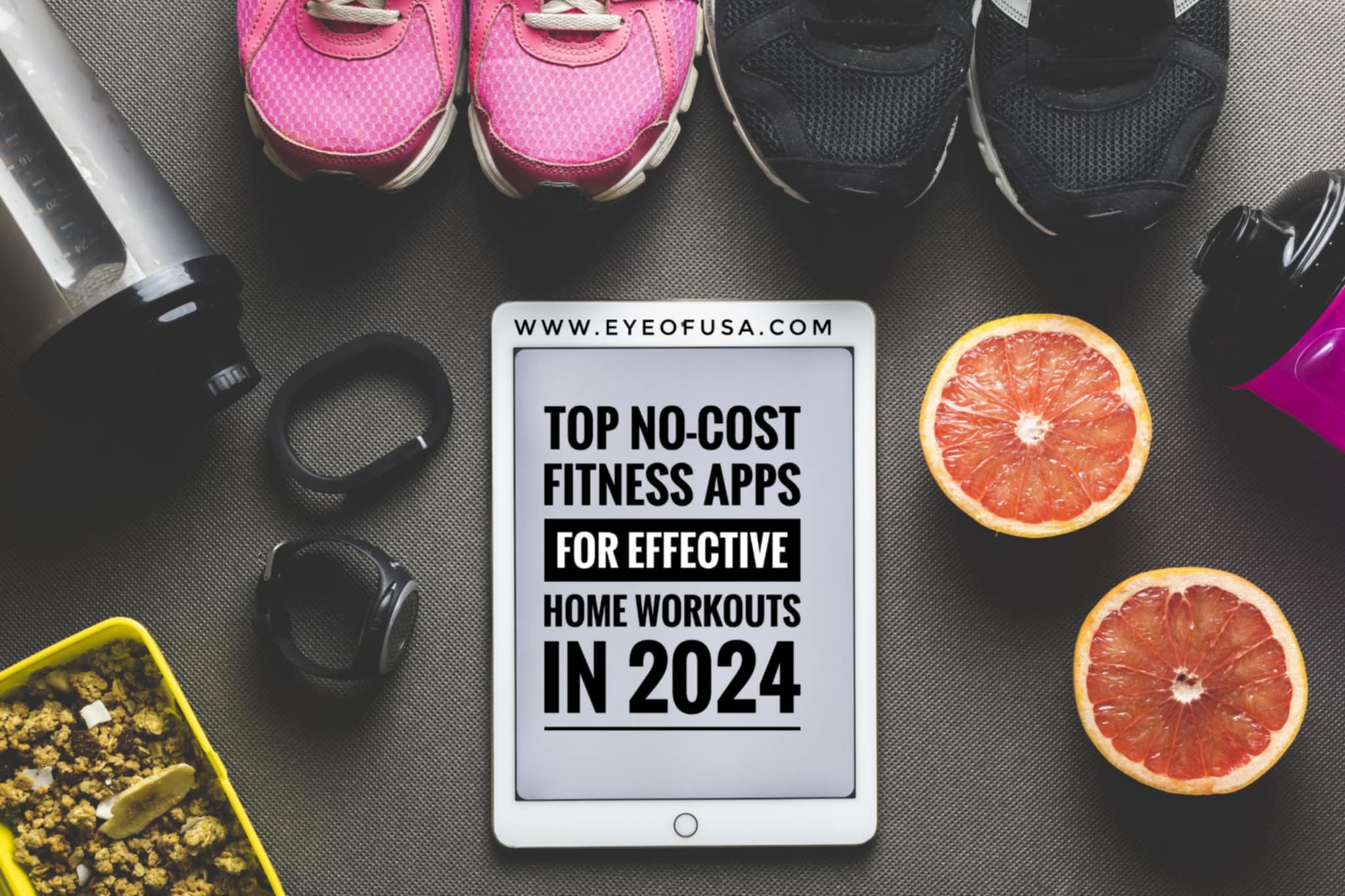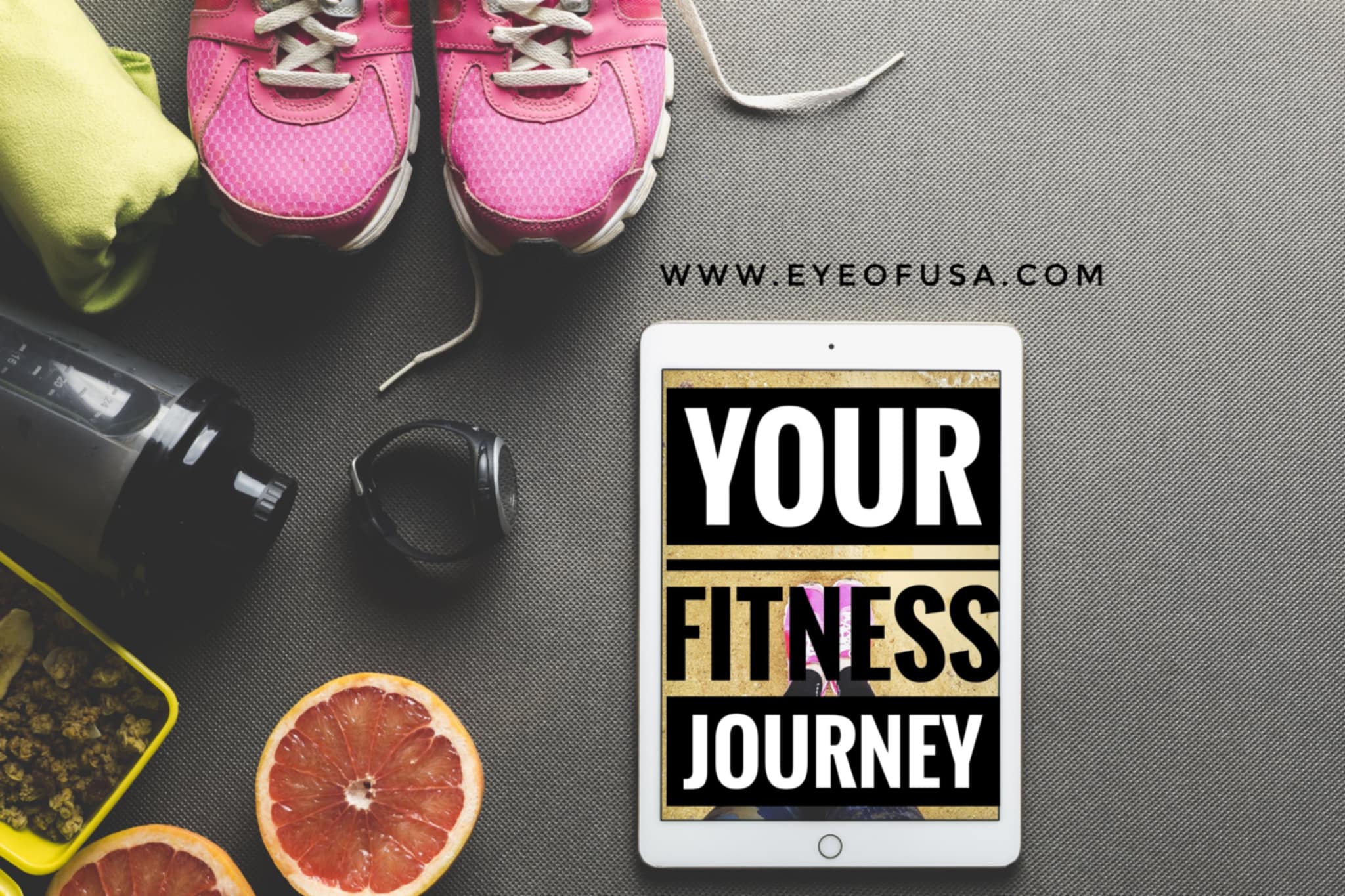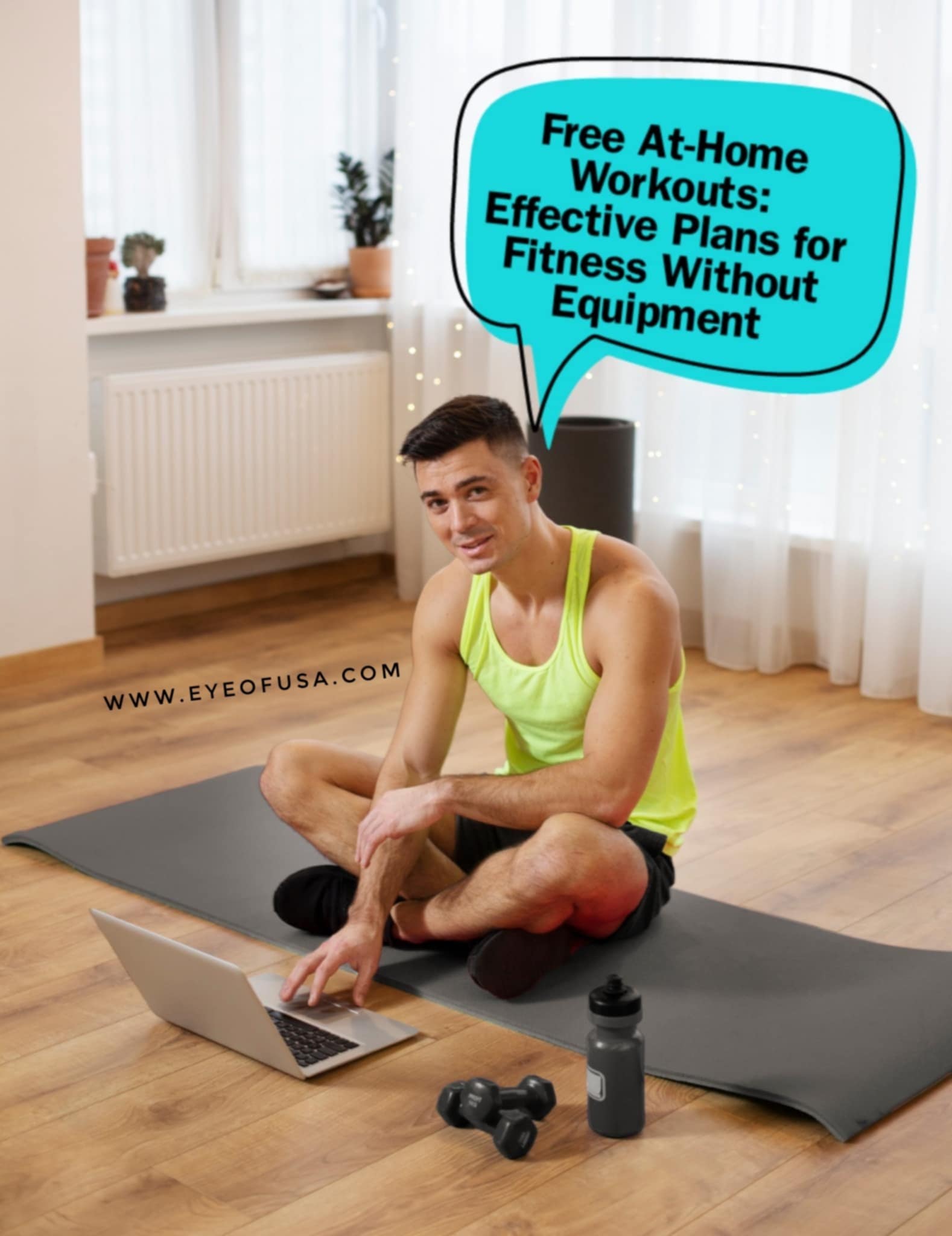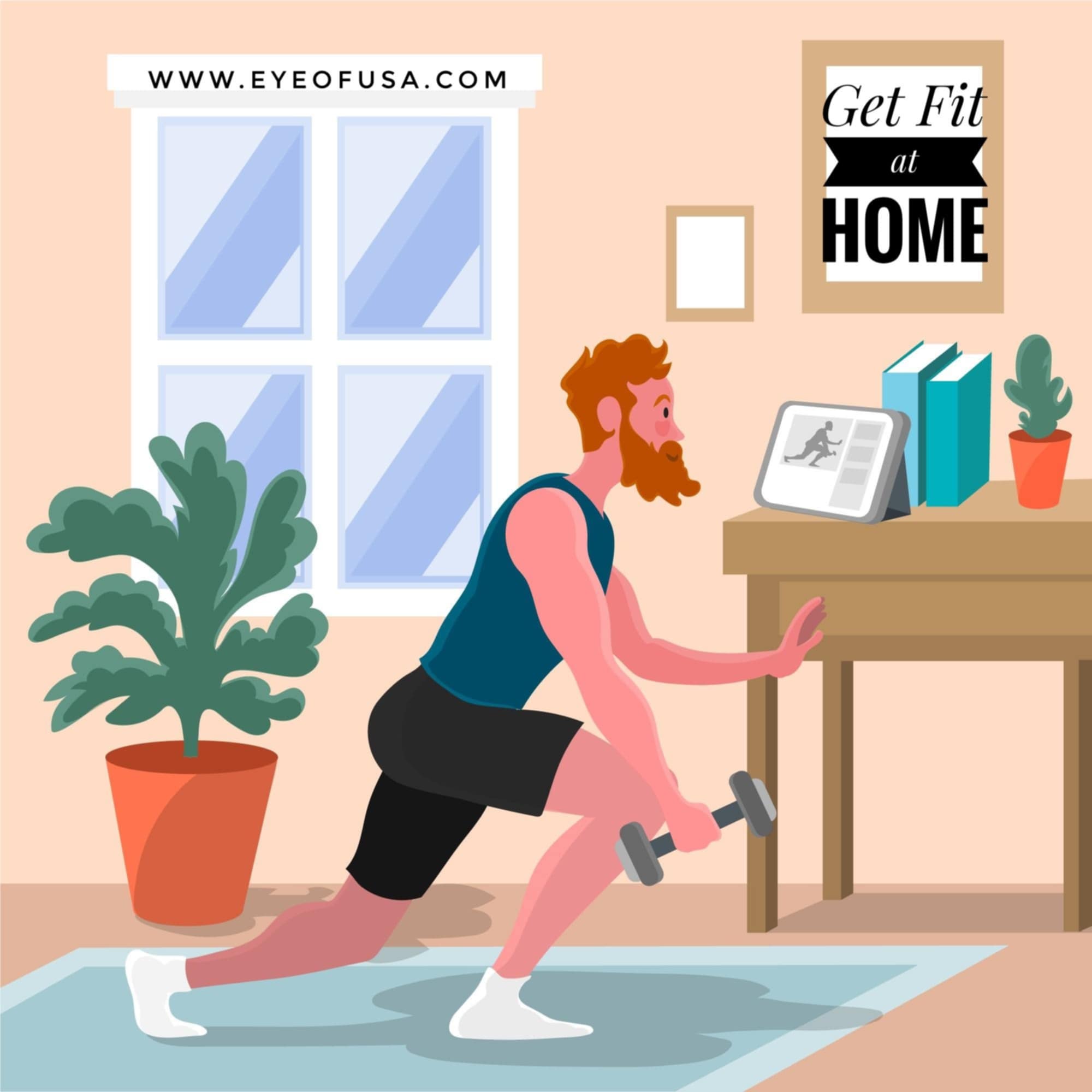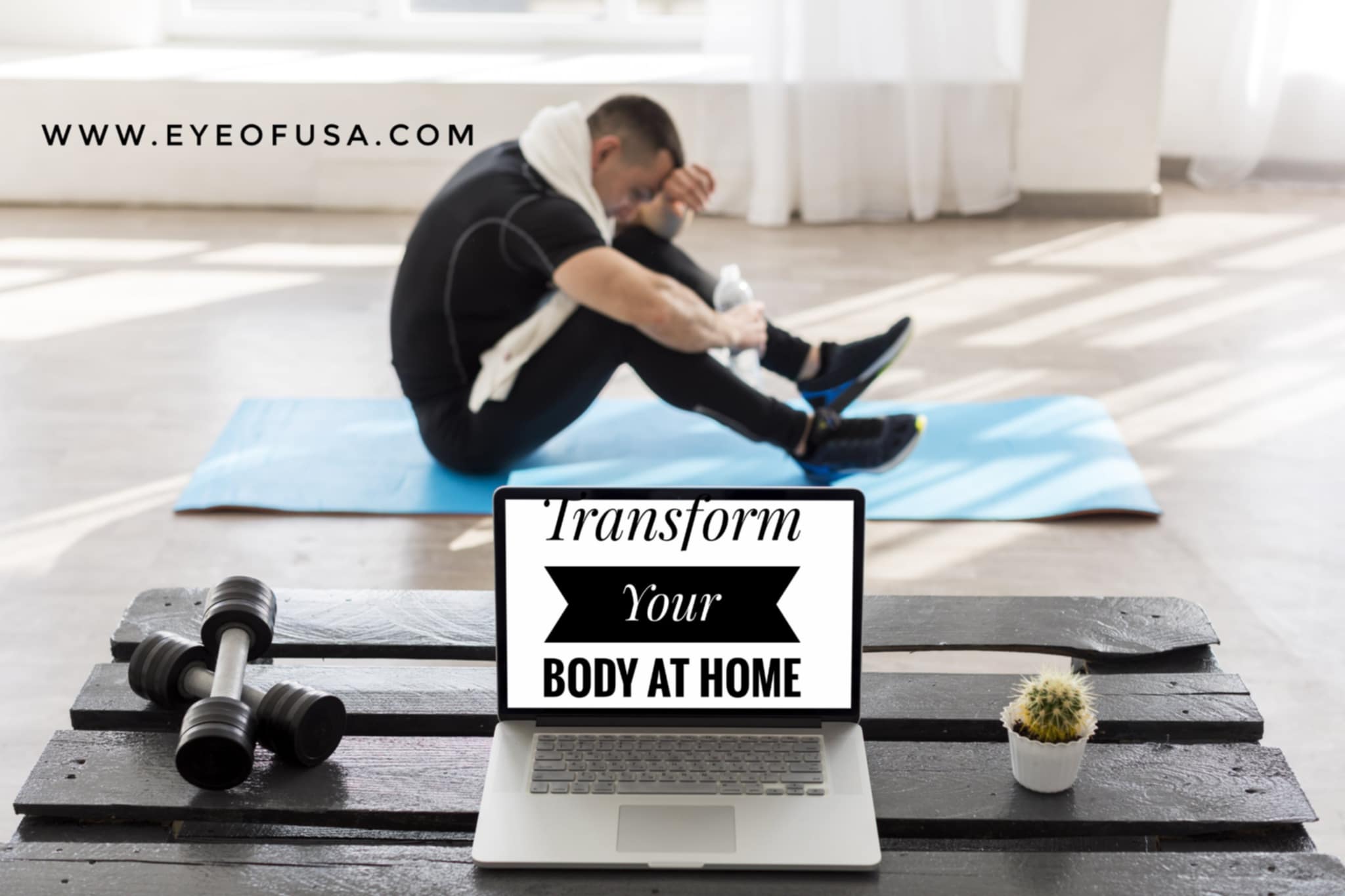
Chime Financial Services: Banking for the Modern Age
What is Chime, and How Does It Work?
Chime is a cutting-edge financial technology company providing online banking services without the hassle of fees or long lines. Unlike traditional banks, Chime operates entirely through its mobile app and website, offering simple, transparent, and user-friendly solutions for managing money.
—
Why Should You Choose Chime Over Traditional Banks?
Chime’s approach to banking makes it a favorite for millions. Here’s what makes Chime stand out:
1. No Hidden Fees: No monthly maintenance, overdraft, or minimum balance fees.
2. Get Paid Early: Access your paycheck up to two days early with direct deposit.
3. Automated Savings: Save effortlessly with tools like “Save When You Spend.”
4. Overdraft Protection: With SpotMe, Chime covers overdrafts up to $200 without any fees.
5. Fee-Free ATM Access: Use over 60,000 ATMs nationwide without incurring charges.
With Chime, your banking experience is transparent, affordable, and entirely digital.
—
What Services Does Chime Offer?
1. Spending Account (Checking):
A free account with no fees and no minimum balance requirements.
Comes with a Visa® debit card for secure purchases and payments.
2. Savings Account:
Automate your savings with every purchase or paycheck.
Earn interest on your savings with no caps or fees.
3. Credit Builder Account:
Improve your credit score with Chime’s secured credit card.
No credit checks or annual fees, just consistent reporting to major credit bureaus.

How Can You Open a Chime Account?
Opening an account with Chime is simple:
1. Sign Up Online or via the App: Provide your name, email, and Social Security number.
2. Link Your Current Bank: Add an external account for transfers or set up direct deposit.
3. Activate Your Chime Card: Once approved, your Visa® debit card arrives in the mail.
No paperwork, no branch visits—everything is handled online!
—
How Secure Is Chime for Your Money?
Chime provides robust security features, ensuring your money is always safe:
FDIC Insurance: All funds are insured up to $250,000 through Chime’s partner banks.
Fraud Monitoring: Real-time alerts for any suspicious activity.
Data Encryption: State-of-the-art encryption protects your personal and financial details.
With Chime, you can bank confidently, knowing your finances are secure.
—
Who Benefits the Most from Chime?
Chime is perfect for:
Gig Workers and Freelancers: Enjoy early paychecks and flexible tools.
Young Adults and Students: No fees, no stress—ideal for managing tight budgets.
Anyone Rebuilding Credit: Use the Credit Builder account to improve your credit score.
Tech-Savvy Individuals: A seamless mobile banking experience for on-the-go users.
—
What Are the Pros and Cons of Chime?
Pros:
Completely fee-free banking services.
Get paid faster with early direct deposit.
Tools to automate savings and build credit.
24/7 mobile access to manage your money.
Cons:
No physical branches for in-person service.
Cash deposits may incur fees at retail locations.
Chime is best for those who prioritize flexibility, affordability, and convenience over traditional branch banking.
—
Frequently Asked Questions About Chime
1. Is Chime Really Free to Use?
Yes, Chime has no monthly fees, overdraft fees, or minimum balance requirements.
2. How Does SpotMe Work?
SpotMe allows you to overdraft your account up to $200 without fees. The limit grows based on your account activity.
3. Does Chime Work for International Transactions?
Yes, you can use your Chime card internationally. However, a 3% foreign transaction fee applies.
4. Can Chime Help Improve My Credit Score?
Absolutely! Chime’s Credit Builder account reports payments to all major credit bureaus, helping users build a solid credit history.
5. How Do I Deposit Cash Into My Chime Account?
You can deposit cash at over 90,000 partner retail locations. However, fees may apply depending on the retailer.
—
Why Choose Chime for Your Banking Needs?
Chime is transforming how people bank by eliminating fees, offering early paychecks, and providing tools to save and build credit—all within an easy-to-use app.
If you’re looking for a modern banking experience, it’s time to give Chime a try. Discover more at www.eyeofusa.com today!
—
SEO Optimized for www.eyeofusa.com
Title Tag: Chime Financial Services: Modern, Fee-Free Banking Explained
Meta Description: Learn how Chime is revolutionizing banking with no fees, early paycheck access, and secure tools. Discover why it’s the best choice for modern banking at Eye of USA!
Keywords: Chime financial services, Chime no-fee banking, fintech banking solutions, modern banking options, best online banks.
Internal Links: Include links to related financial content, such as budgeting tips or comparisons of online banks.
Let me know how this works for your vision!


